(Bologna 1529–1592)
Portrait of a gentleman, holding a letter, long half-length,
oil on canvas, 105 x 79 cm, framed
Provenance:
Aristocratic European collection;
where acquired by the present owner
We are grateful to Massimo Pulini for confirming the attribution after examining the present painting in the original.
We are also grateful to Angela Ghirardi for independently confirming the attribution of the present painting on the basis of a photograph. .
The painting shows a man standing, holding a letter in his left hand; he is shown almost as if he has just risen to receive a guest, his right hand still grasps the arm of his chair. His clothing is trimmed in black at the sleeves, shoulders, and along the long line of buttons down the front of dark fabric which reflects light as if made of silk or refined satin. It falls loosely in striated folds that part slightly at the front. Against the dark colouring of these robes and the background, the white of the cuffs and ruff stand out to frame the warm flesh tones of the sitter’s hands and face.
The sitter’s features are thoughtful and intense, yet also neutral. His forehead is un-furrowed and the wrinkles marking his face are merely the traces of time upon his skin. His head is somewhat turned to the left, to favour a well-lit three-quarter-view of the face. This portrait appears sincere and without emphasis or apparent celebrative intent. Instead, the portrait focuses on a realistic rendering of the sitter’s appearance, his greying and bearded head, and demonstrates the considerable skill of the artist.
This work complies with an established pictorial method and compositional formula broadly diffused in Bolognese portraiture in the second half of the sixteenth century, typical of the work of Bartolomeo Passerotti to whom this painting can be assigned. Comparing the expressive qualities of the painting to many other well-known portraits by Passerotti, the realistic description of the sitter’s features suggests the work should be dated to the final phase of his career, a time when the city of Bologna was beginning to feel the influence of the innovations introduced by the young Annibale Carracci.
As for the identity of the sitter, an inscription on the folded letter held in his hand supplies some assistance, this reads: ‘Marchese Niccolò Bianchini 1500’. A second inscription, on the back of the canvas, documents the painting’s hereditary descent within the same family: ‘Del Sen.re Co Ant.o Bianchini 1704’. However, it is important to note, that the inscription on the letter, which is rendered in elegant calligraphy, does not appear contemporary to the painting, but is later, and was possibly added by a descendant who recorded his ownership on the back of the work.
The year 1500, may refer to the date of birth of the Marchese Niccolò who appears to be aged about sixty in the painting. The identity of the sitter remains a matter of conjecture however: If the year 1500 did correspond with that of birth of the Marchese Niccolò Bianchini, the portrait would date to around 1560, however the portrait conforms to Passerotti’s style of the 1580s, when he had begun to soften the expressions of his subjects, shedding the formal character of his earlier portraiture. By comparison, his Portrait of a Man conserved in the Musée des Beaux Arts, Marseille, dated 1566 still presents the highly mannerist quality associated with his early work.
Although the noble Bolognese family of Bianchini appears in the Repertorio per lo studio de collezionismo Bolognese del Seicento (compiled by Raffaella Morselli in 1997) in several places, with no less than four inventories recording the presence of family portraits, (including the inventories of Nobile Pompeo of 1627, Marquis Pirro of 1644, Nobile Prospero of 1646 and Count Angelo Bianchini of 1657), unfortunately neither the sitter, nor the artist of the present work, are specified. So far, it has not been possible to trace the dates of birth of Niccolò or his descendent Carlo Antonio Bianchini and the identity of the sitter in the present portrait remains unclear.
Bartolomeo Passerotti was one of the most important and best-known portraitists of the sixteenth century and it is known that he was highly regarded by his contemporaries, such as Titian, as well as by leading artists of later generations, including Guido Reni.
Paintings by Passerotti which bear comparison to the present work, in which the pose and quiet, expressive mood of introspection can also be observed in the celebrated Portrait of Sertorio Sertori conserved in the Galleria Estense, Modena.
















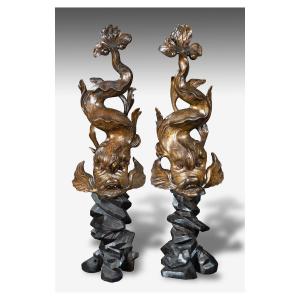
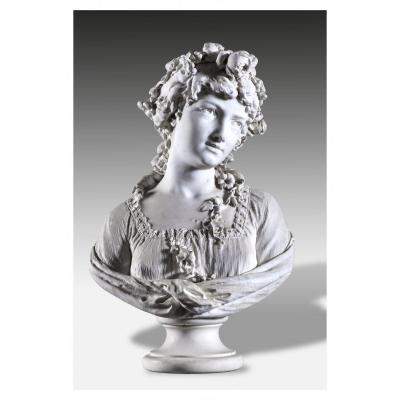

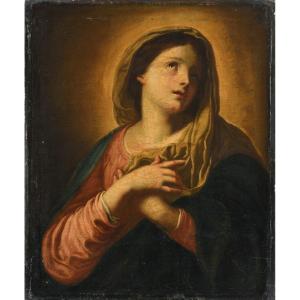
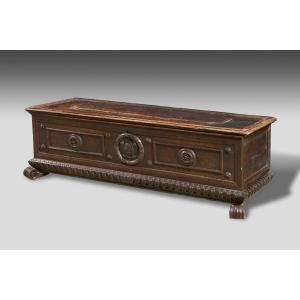




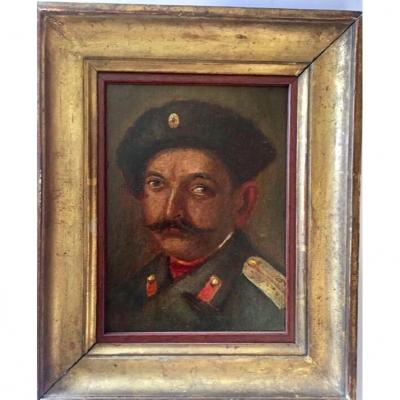







 Le Magazine de PROANTIC
Le Magazine de PROANTIC TRÉSORS Magazine
TRÉSORS Magazine Rivista Artiquariato
Rivista Artiquariato